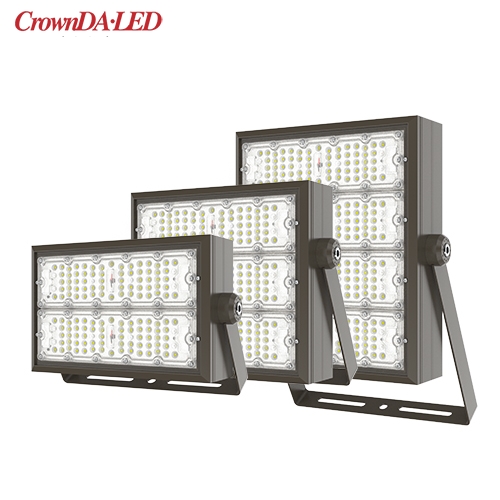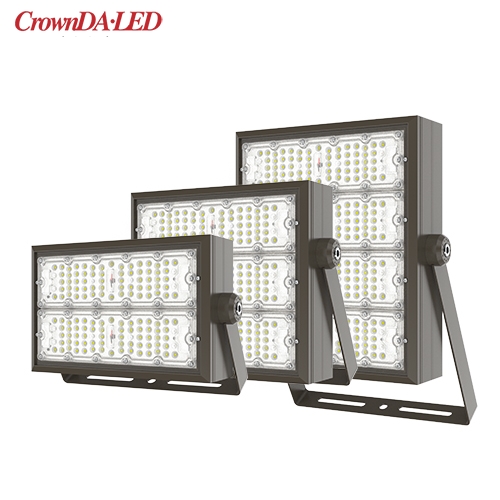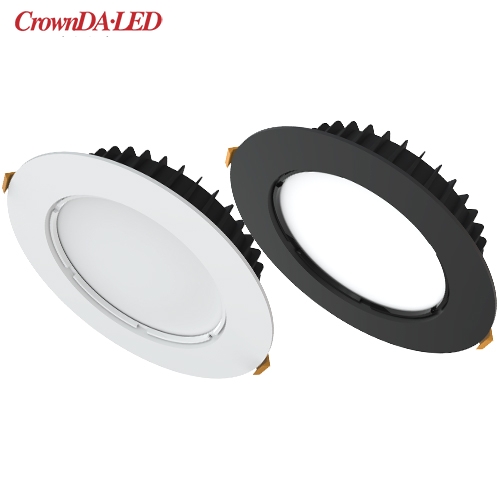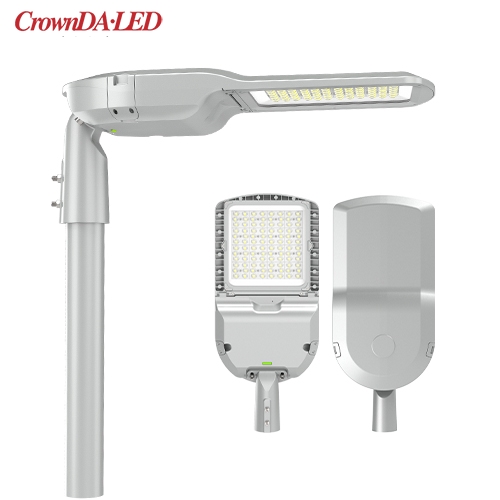25W-320W FCC CE одобрил светодиодные уличные фонари серии S7 (B)
► Высокая эффективность: 130 лм/Вт, 150 лм/Вт и 170 лм/Вт.
► Антибликовый поликарбонатный объектив. Опциональный угол луча: 60°/90°/120°/T2M/T3M/T4M.
► 0–10 В с регулируемой яркостью / контроль времени / датчик освещенности / контроль лота




